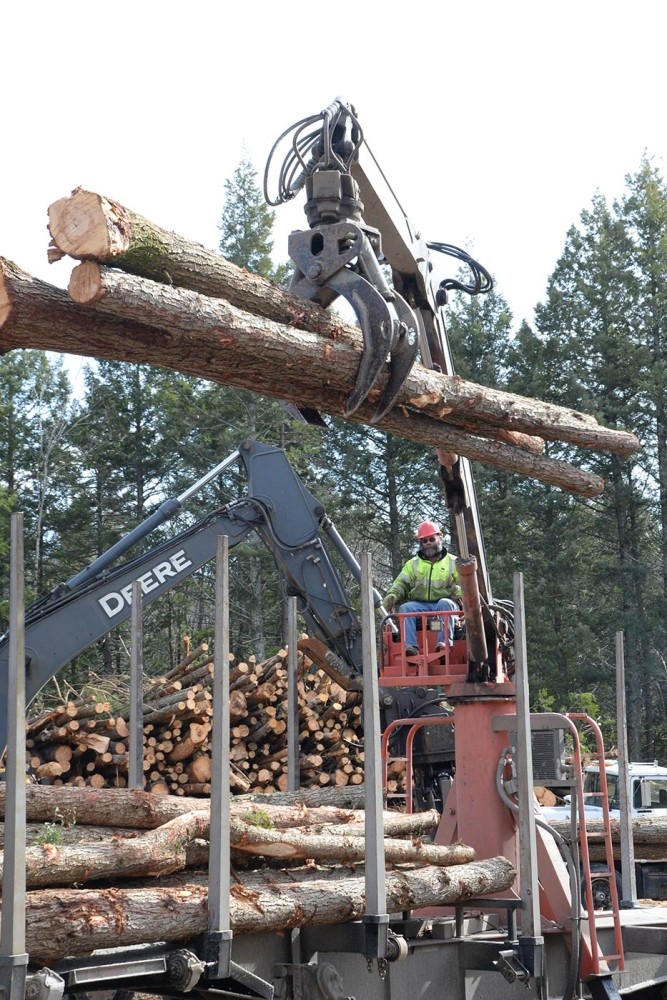
This March (shortly after this issue of the magazine arrives in mailboxes), the Professional Logging Contractors of Maine (PLC), a trade association, will publish its third study on the economic impacts of logging in the state, prepared in collaboration with researchers at the University of Maine. This year’s study offers a sobering view of the challenges that Maine loggers have encountered during the past two years, and their expectations for the future.
Consistent with previous iterations in 2016 and 2020, the study synthesizes government data such as labor statistics and tax filings with survey responses from almost 100 PLC members, describing their experiences from September 2020 to September 2022. “We asked a lot of questions,” said Dana Doran, PLC’s executive director. “For example, how many tons of wood they harvest, what kind of harvesting systems they run … how many trucks do they own, the breakdown of their staff between office staff, garage staff, logging operations, truck drivers, mechanics, et cetera.” The survey also asked about loggers’ recent business performance and plans. Doran said these “market questions” included “What’s happened to their business in the last year, what has had the greatest impact … and are they going to invest in their business? Are they going to downsize?”
At this writing, work on the study was still in progress, but Doran confirmed that the report would show negative trends: “Across the board, there are very few members of ours who are reporting that they’re going to grow. The majority are saying they are downsizing, looking in other directions.” He cited inflation as a significant factor. Whereas a separate PLC survey, published last year, showed an approximate 24 percent increase in key operating costs between January 2020 and 2022 (see chart), the 2023 survey results indicate even greater impacts. “Some of the inflation numbers are pretty high,” said Doran. “I’m seeing reports of 50, 60, 70 percent inflation across the board.”
Although the study is exclusive to Maine, it reflects challenges experienced by loggers across the Northeast. Reporting on northeastern forest industry trends for the January issue of Northern Logger, Eric Kingsley, a partner at Innovative Natural Resource Solutions, LLC, estimated that the region’s total logging and trucking capacity has contracted by 20 to 30 percent in the past few years, a figure based on discussions with loggers around the region.
Kingsley noted that there were numerous factors for this contraction, including inflation, the high costs of logging equipment, and recruitment. He cautioned:
It’s probably time for the entire industry to do some serious thinking about how to recruit, retain, structure, and compensate loggers because the rest of the industry doesn’t function if there aren’t an adequate number of folks to cut and haul wood.
In terms of compensation, Doran said that reducing the volatility in wood prices – the historical “boom and bust” pattern – would encourage workforce stability and investment by loggers in their operations. “Have we finally reached that pinnacle, where mills will pay more, and they’re going to do it for the long-term?” he asked. “That’s going to take time [to determine]. It’s going to be a two- to five-year exercise of: Do those prices stay up? And then can the contractor re-invest?”


